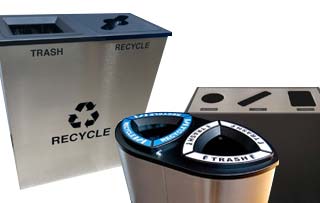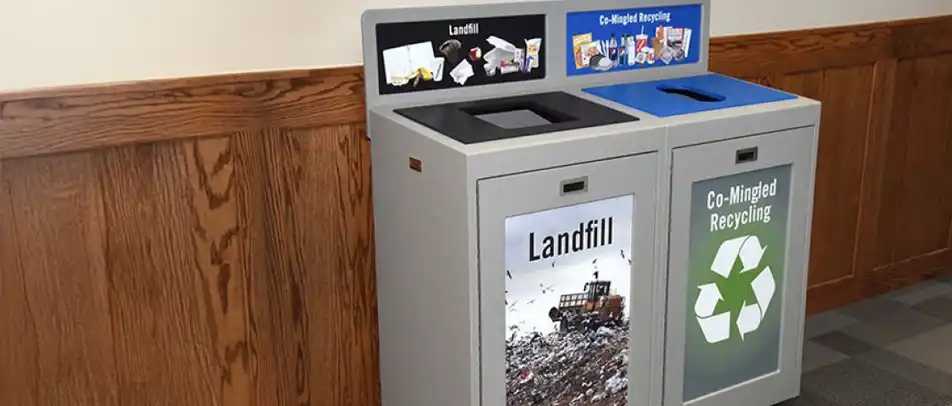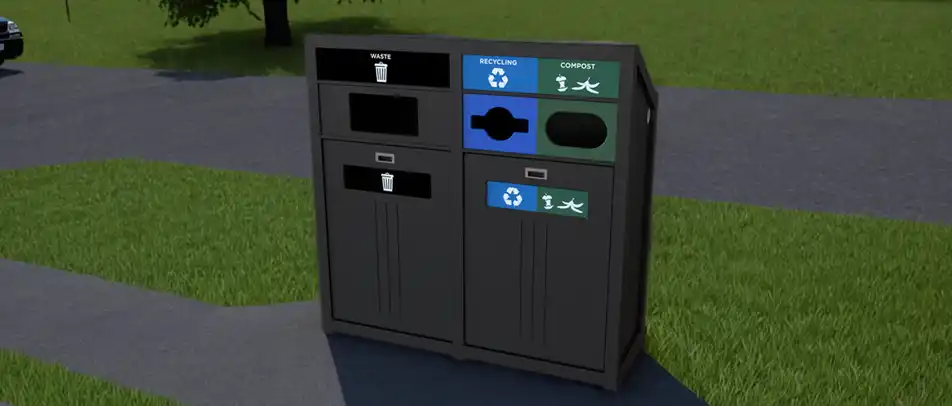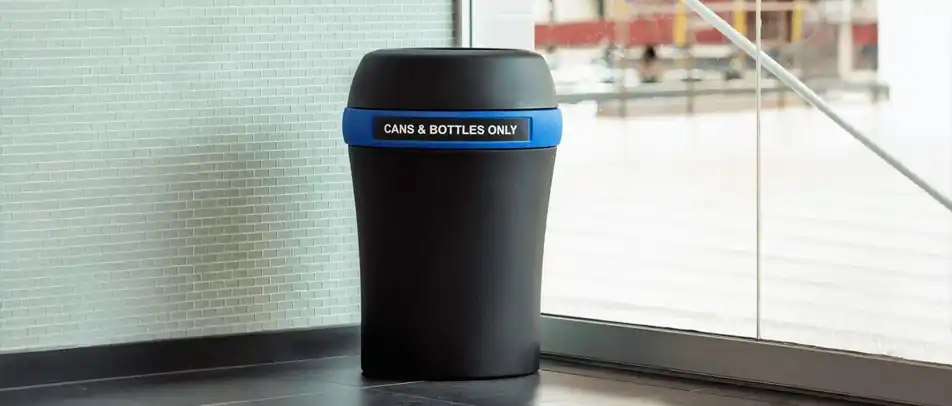
Your company has implemented an environmental strategy, and everyone feels great about it. That’s terrific! But at some point, that strategy, like everything your business does, needs to come under some scrutiny in order to be successful.
Whether your strategy addresses sourcing less wasteful products, improving recycling at the office, or switching to renewable energy, regular audits can help you strengthen your policies and meet your sustainability goals.
One innovative way to review your environmental strategy is through an assumption slam. No, it’s not a new style of pickup basketball; it’s a way to challenge your team’s unspoken assumptions that might drag down your strategic planning.
Assumption Slam Basics
In an assumption slam, your team lists their assumptions surrounding your environmental strategy and organizes them to create an action plan. Those assumptions could be guesses about consumer behavior, employee buy-in, or the actual environmental impact of different policy choices. They’re things that you’ve accepted as true without any proof, or without looking deeper into the issue.
Don’t feel bad if you end up with a long list of assumptions–everyone makes them, and often your instincts are on the right track. But if your whole team is operating on some key assumptions that turn out not to be true, it could hurt your strategy.
Sample Prompts
Some sample prompts that can get your team thinking about their assumptions include:
- I believe that customers/employees/investors need/want:
- I believe that we can meet those needs/wants by:
- I believe the most important environmental issue for us to target is:
- I believe the most effective strategy to target that issue is:
- I believe the best outcome of our strategy would be:
Follow-Up Work
Once your team has created a list of assumptions, it’s time to organize them and form an action plan. You can identify the assumptions that are likely true (maybe you’ve already done research on them), and those that are uncertain or untrue. Assign team members to research and verify those uncertain assumptions, then meet again to analyze how they might have affected your strategy and what needs to change.
























































































 Three Ways to Engage Teams and Clients to Maximize Your Recycling Program Engagement
Three Ways to Engage Teams and Clients to Maximize Your Recycling Program Engagement  How to Integrate Accessibility Into Your Sustainability Planning
How to Integrate Accessibility Into Your Sustainability Planning  Why Park Benches Can Promote Workplace Well-Being
Why Park Benches Can Promote Workplace Well-Being 
